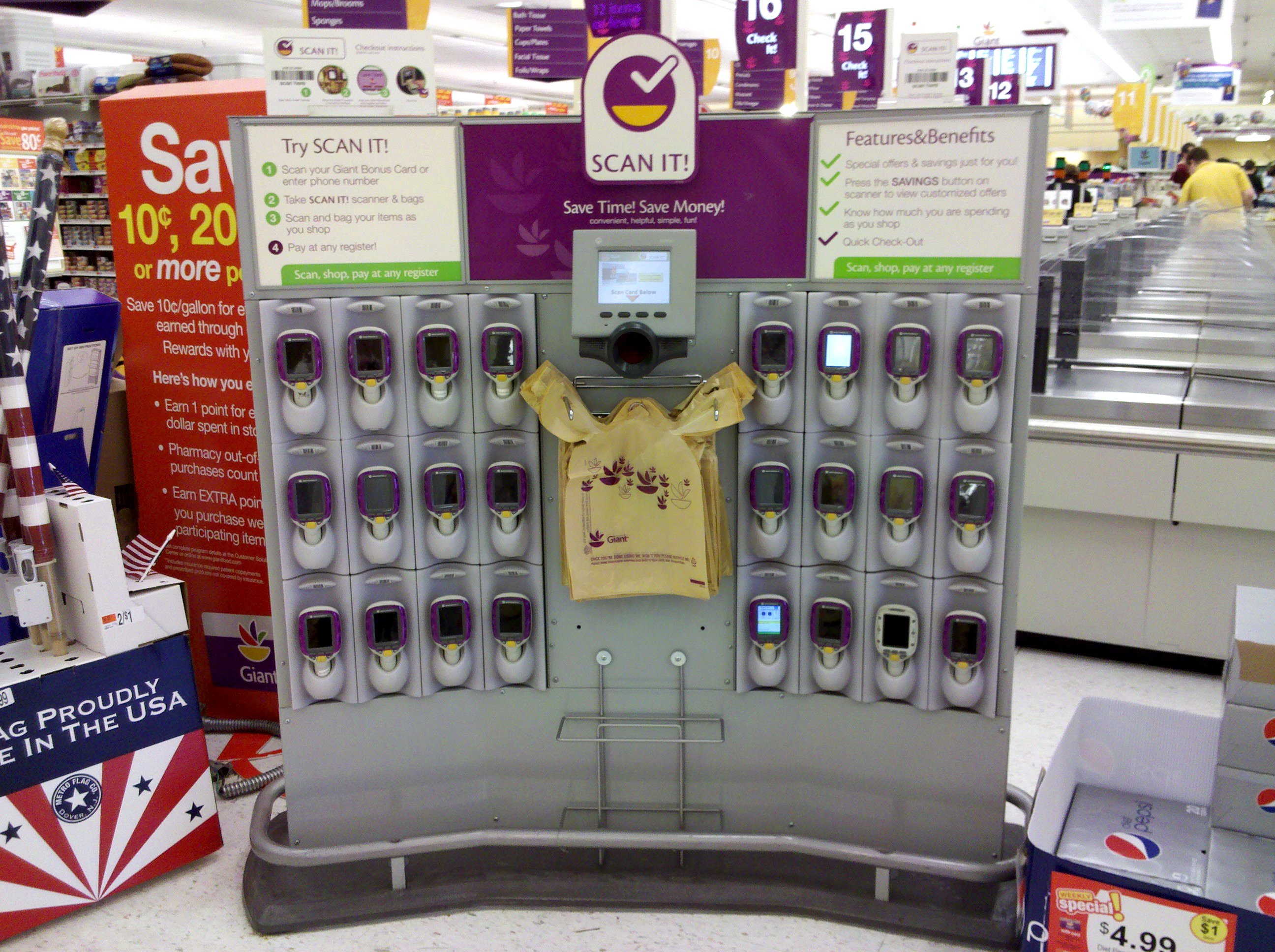Automation is already all around us, assuming everyday tasks we customarily associate with human labor. We see it in the fast food industry, we see it in retail, and, increasingly, we are seeing automation in grocery. Yes, self-checkout is already a mainstay at many grocery stores, but from Des Moines to Sweden and back to California, three stores in particular have driven automation into the grocery experience in truly novel, and potentially game-changing ways.
Debuting in Des Moines
In Eat Greater Des Moines a nonprofit is working to universalize access to healthy food in the area by bringing in automated kiosk stores to the places that need them most. The stores, built by Oasis24Seven, are best thought of as a hybrid between an ATM and an enormous vending machine. Users would enter their card, select items from a digital kiosk, and then wait as a conveyor belt system collects and dispenses their purchases. The store would hold over 200 basic items ranging from bread, milk, and eggs to diapers and baby food, and the conveyor belt system would safely (no broken eggs!) transport items weighing up to ten pounds.
According to the non-profit’s director, the project “takes a simple and familiar idea, a vending machine, and turns it on its head. Robotic Retail will be accessible to everyone.” Well, everyone but thieves that is: since customers never actually enter the store, which is surrounded by bulletproof windows, security concerns are minimal.
It has yet to open, however, as local laws and funding must be sorted out.
As Seen in Sweden
While Eat Greater Des Moines hopes to broaden access to nutritious foods, Robert Ilijason of Viken Sweden wanted to bring convenience to remote parts of the country when he established Naraffar, an employee-free, automated convenience and grocery store. Unlike Oasis24Seven kiosks, customers physically enter Naradaff and hand select their purchases. They accomplish this by registering online and downloading the store’s app, which not only unlocks the front door on command, but also scans their purchases and sends them monthly invoices.
With no supervision, allowing customers to parade through the aisles sounds risky, right? Well, not as much as you might think. As every customer is registered and must log in to enter the store, and with the additional support of six CCTV cameras, security concerns are minimal—there are no anonymous entrants. In the event of a malfunction, Ilijason receives text messages anytime the front door remains open for more than a few seconds. And finally, Ilijason has wisely avoided selling alcohol, tobacco, and OTC medications, figuring they would tempt thieves and fate.
Ilijason shoulders every responsibility at the store—he is inventory manager, chief security officer, and everything in between. This makes it an ideal franchise concept in which an enterprising individual could go into the business for herself in any remote part of the country thirsting for the convenience of the digital age.
Yet while it is a beautifully simple concept—Ilijason: “It’s incredible that no one has thought of this before—some challenges have emerged. Namely, older consumers are finding the heavy reliance on digital technology confusing. This is forcing Ilijason to consider hiring his very first employee—a part-time, tech-savvy advisor to hold office hours at the store and guide the neophytes and luddites through the process.
Whole Foods on the Horizon
365 by Whole Foods doesn’t go to the employee-free extremes of Iowa and Sweden, instead integrating automation and robotics into a more traditional store and labor force. The 28,000 square-foot store has 110 employees, who work in tandem with machines performing a litany of tasks including blending and brewing tea, dispensing meat and seafood (there is no traditional counter), and receiving and processing orders for the prepared food section.
“The 365 team looked at every opportunity to increase efficiencies across the business to remove costs and pass along savings to shoppers,” Whole Foods spokeswoman Janette Rizk said.
And that is the early promise of automation and robotics—reducing overhead while not skimping on customer service. As minimum wages increase in urban centers and potentially across the nation, business leaders will be searching for ways to minimize labor expenses in every industry. In grocery, where profit margins are razor-thin, this is a particularly salient concern. As grocery industry analyst David Livingston noted, “Most stores can’t afford to pay people $15 an hour. It doesn’t’ work.”


